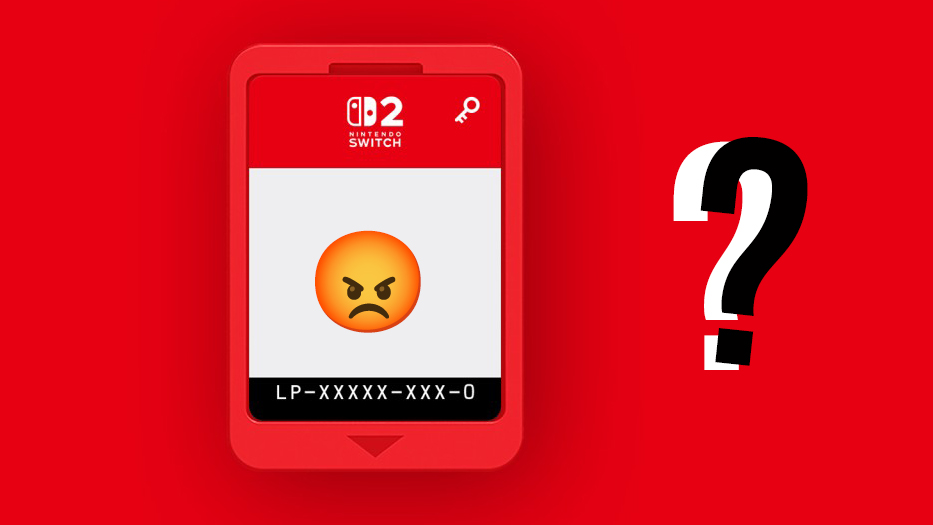Premiere Pro vs Final Cut Pro X: Which video editor should you choose?
Premiere Pro vs Final Cut Pro X: discover which video editor is right for you as we compare their features and workflow.
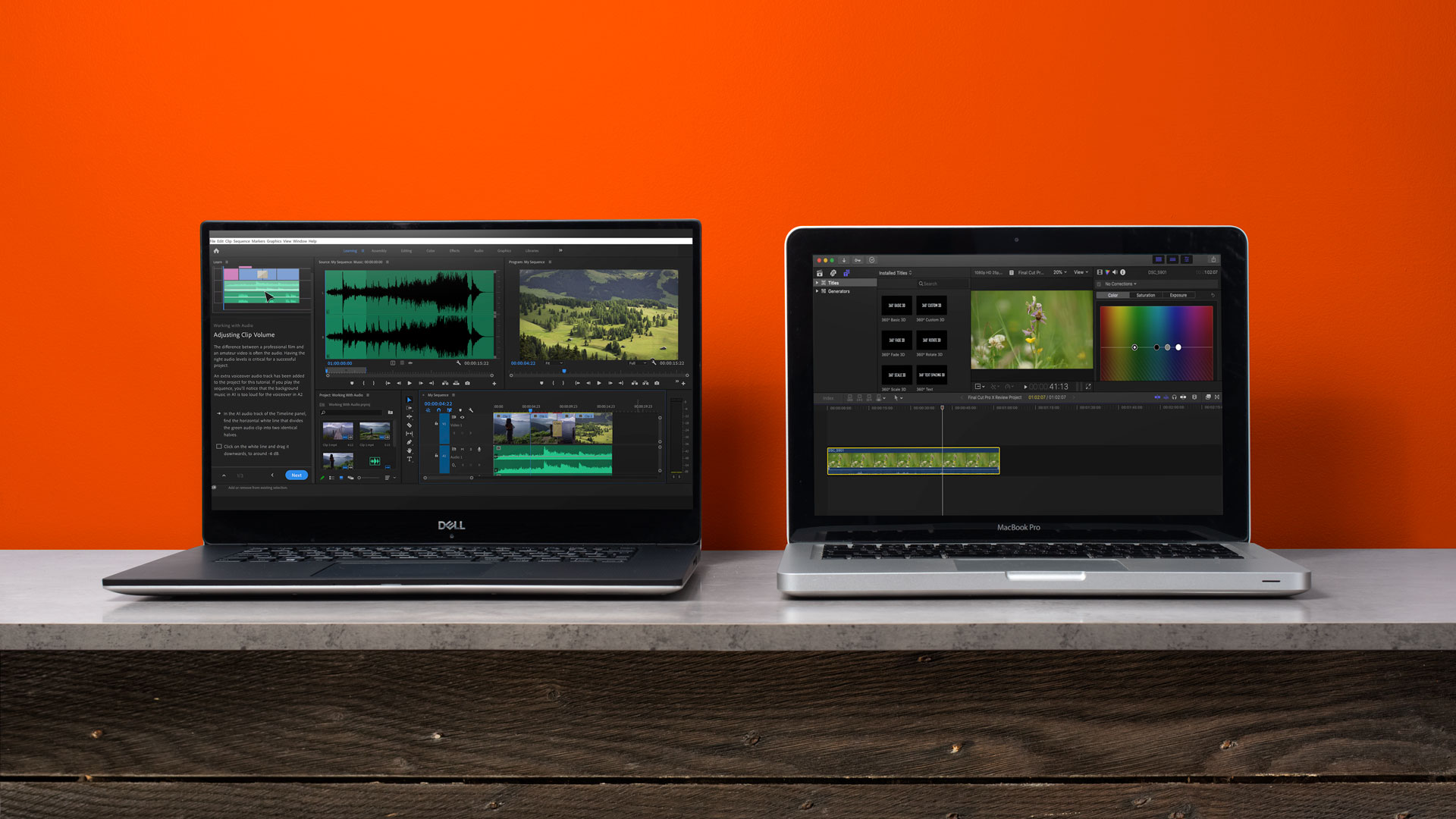
Premiere Pro vs Final Cut Pro X - Adobe vs Apple. It's a question asked by many who are looking to get started with video editing. Two of the best video editing software packages money can buy, both contain professional-grade video editing tools that are so powerful they’ve been used to edit big movie blockbusters.
In this article we’ll take a closer look at Adobe Premiere Pro vs Apple’s Final Cut Pro X, exploring the differences between the two softwares, which platforms they operate on, and how easy each is to learn. Plus, we’ll take a look at which other programs they work with, as well as other key features they contain, and the types of support and reliability they both offer so that you can make your mind up over which editor to choose.
Premiere Pro vs Final Cut Pro X
Adobe Premiere Pro
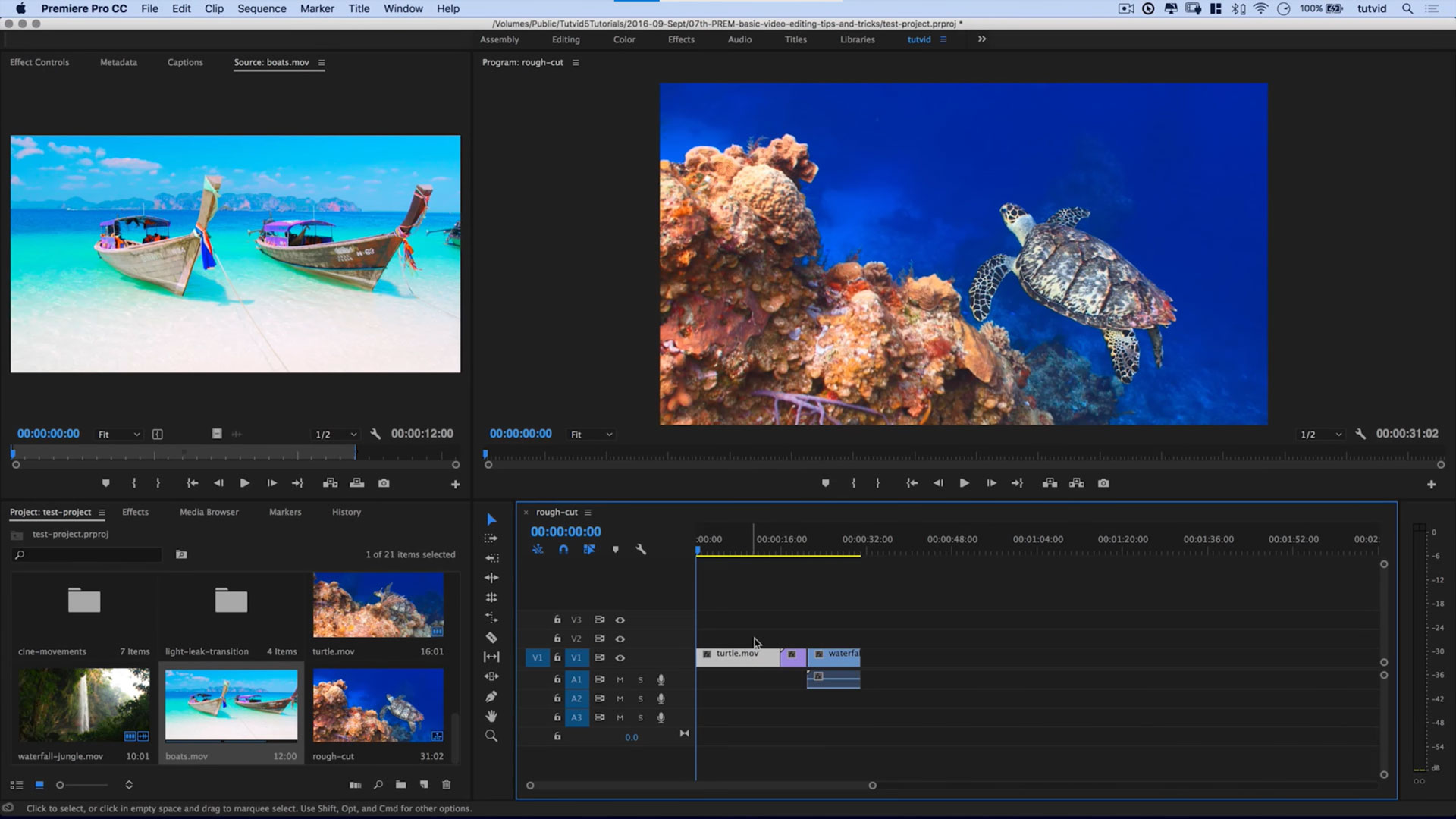
Coming to Premiere Pro as a new user couldn’t be easier. Though the software opens up with all the bells and whistles, and may look complicated, it’s actually quite well parsed, keeping things streamlined. Upon first opening there’s an interactive guide that walks you through the software with precision. Not to mention the myriad available get-started video tutorials available on the Adobe website.
Premiere Pro benefits from fantastic workflow flexibility, a strong emphasis on team projects, powerful adjustment layers, and raw controls to keep footage looking its best, there’s a lot to love about this video editor. Its panel-based user interface maintains an organised workspace but is also fully customisable. Basic editing tools like track selection, trimming, and ripple or rolling edit functions lay the groundwork for Premiere Pro’s more detailed editing functions such as Lumetri Color for colour grading. In fact, the software works with a whole host of other Adobe software, too.
The integration with Adobe After Effects gives the ability to include effects processing. You can even render a video out of After Effects and bring it back in to Premiere Pro so that you’re editing like you would a normal piece of footage, only with animations or effects added.
As well as After Effects, Premiere Pro works seamlessly with many other of the Adobe suite titles including Audition for audio editing, Photoshop and Illustrator for working with image files, and Adobe Stock.Render times in Premiere Pro can take quite a long time, occasionally bigger, more complex projects have been known to flare up issues with content the software can’t read, or generating errors.
Premiere Pro uses Productions to increase organisation and synchronisation for multi-project workflows where there is a team of editors working on the same content. It’s a step-up in flexibility for multiple user workflow but it has some good benefits for independent editors that work alone, too. Renaming files and other media from within Premiere Pro will also see the media on the storage device renamed, and this works the other way around as well. That means there’s no confusion when it comes to backing up data, and less doubling-up on content, which, if you’re keen to minimise the storage footprint on your hard drive, is great news.
Apple Final Cut Pro X
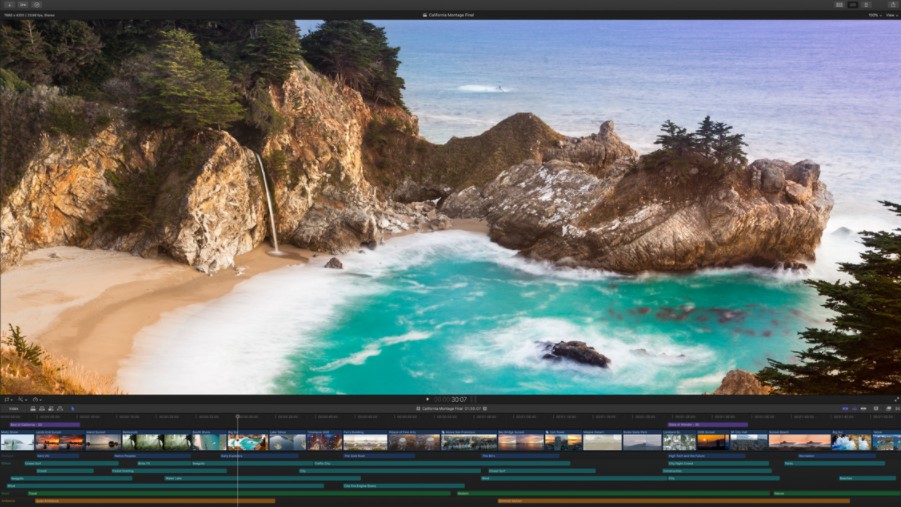
This macOS-only video editor is fast, and easy to use, as you would expect from a company such as Apple, who gears their focus around the user experience. All complex editing functions are hidden initially which makes it much more approachable for beginner editors or those new to the software. This simple user interface means they can jump right in and start editing videos quickly. But the features and tools that are initially hidden can be easily opened and used on projects, so the software is no less sophisticated than its competitors.
However, for those that have edited on non-linear editors before it may be a little trickier to use. That’s because FCP X seems to function in reverse to a lot of the other editors out there, presumably in an attempt to keep editing workflows clear and smooth. So veteran editors that are new to FCP X may have to unlearn old habits.
FCP X is capable of editing projects to almost any level, but it’s not best-suited for complex video editing work that specifically requires a large volume of video tracks. FCP X feels like it resists projects that play with the chronology of a piece and instead is happier when working towards chronological editing (that is, a project that follows a narrative from beginning, to middle, and end). When a project is chronological the software seems to process much quicker than others. FCP X looks like it has thrown the preconceptions of previous editions of FCP out the window and revamped it in a powerful way that allows fast editing workflows, and has speedy render times even when working on large projects.
Although multiple editors can work on the same project via editing servers such as Jellyfish, collaboration with other users on projects still feels a little stilted and is not necessarily a smooth process. Though, if you’re a lone editor, this is not so much of an issue.
FCP X works in conjunction with Apple’s motion graphics and content delivery softwares, Motion and Compressor, though at an additional standalone cost. From here users can create 2D and 3D titles, transitions and real-time effects, as well as processing output content in myriad formats, including 360 degree output, as well.
Performance
Following Apple’s introduction of the Metal engine, FCPX handles more complex projects at impressive speeds. While previous versions of Final Cut were unable to utilise full CPU and GPU (graphics processing unit) capabilities, FCPX was optimised to harness the power of the new Mac Pro, spreading tasks across system cores to increase performance.
Used alongside Adobe Media Encoder, Premiere Pro also takes advantage of the available GPUs on your system to distribute processing loads, aiding higher speeds as a result. However, the downside to the quality of features in Premiere Pro is that the software has a tendency to crash. While Adobe is often rolling out updates, these can present new problems—you may find yourself needing to restart the program to eliminate any issues that crop up post-installation. As Premiere Pro offers industry-standard editing tools, however, most users of the software are happy to look past minor glitches.
It’s also worth considering the size of your project and the capabilities of your system—a project edited on a powerful computer is less likely to encounter performance issues than a feature-length film edited on a slower system. It’s worth checking both app’s requirements beforehand to ensure your system is up to scratch.
Both apps do offer solutions to optimise performance further. Premiere and FCPX both utilise proxies to improve performance by allowing files to render quicker—especially important if you’re working with RAW or uncompressed video formats.
Overall, FCPX is often hailed for its unrivalled rendering and performance speeds. Premiere isn’t far behind and would likely still be favoured for heavier-duty projects, but this will depend on your operating system and the project you’re working on.
Supported formats
Adobe and Apple both have a full list of support video and audio file formats via their website, so do check before purchasing if you're unsure whether your device is compatible.
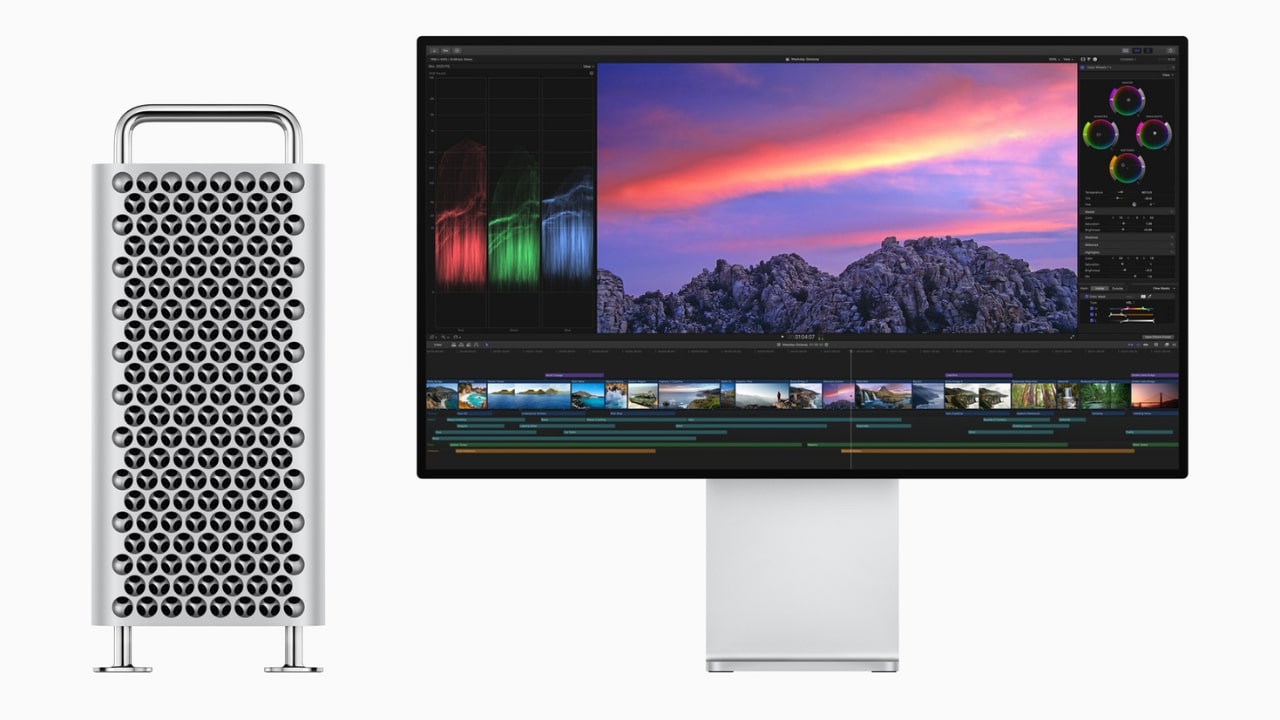
Support
Apple is renowned for its efficient customer support, and this is no different with FCPX. Users can head to the Apple Support Community to find answers to any general queries, or answer a few questions to be directed to a web or phone conversation with a member of the support team. Alternatively, there are detailed, step-by-step guides helping users isolate and amend technical issues manually.
The Adobe Help Center excels in support by offering even more. After heading to the dedicated website, users are greeted with guides for getting started with Premiere Pro, a range of tutorials to assist with learning, and useful resources for a number of general enquiries. Users can also chat with others in the community forum, or speak to a team member instantly via the webchat on the page.
Adobe’s clear labelling of guides, extensive resources and built-in webchat make Premiere Pro highly accessible for beginners and therefore the winner in terms of support.
Pricing and plans
While you can try both programs before purchasing, it’s reassuring to know you’ve got a longer 90-day trial period to familiarise yourself with FCPX before committing, compared to the seven-day trial of Premiere Pro.
Post-trial, you’ll need to make an upfront, one-time payment of $299.99 for FCPX. This is certainly more affordable than its predecessor, which set users back by almost a thousand dollars, and is great value considering the price includes feature updates. You’re also able to buy FCPX directly from the App Store, meaning any updates are taken care of when due.
Premiere Pro has a few different payment options—you can choose to pay monthly ($27.60/mo for an annual plan, $41.93/mo for a rolling monthly plan) or opt for a prepaid annual plan ($329.46/yr). The annual plan naturally requires a one-year commitment, including a 14-day cancellation period, whereas the monthly plan gives you the flexibility to stop and restart your subscription whenever.
You can also upgrade to access all 20+ Adobe creative apps alongside Premiere Pro—including Photoshop, Illustrator, InDesign, and Acrobat—for $69.01/month. While expensive, this could save you money if you plan on purchasing further Adobe apps.
If you’re looking for the cheaper option, FCPX certainly takes precedence—the one-time payment gives you lifetime access, unlike the costly rolling subscription to Premiere Pro.
Which is right for you?
If you’re on macOS you might want to edit on Final Cut Pro X - it’s faster, optimised for the macOS operating system, and it renders with incredible speeds. But it all depends on your editing workflow. If you plan to edit complex projects which bounce back and forth throughout the timeline then Premiere Pro might be the better option, even if it may be slightly slower to render the files.
On Windows you have only one choice, because FCP X isn’t available on PC. This notwithstanding, it’s difficult to choose between the two softwares when comparing them independently of operating systems. Both video editing softwares are extremely powerful and, given to the right editor, are both equally capable.
Premiere Pro also benefits from the seamless integration with other apps in the Adobe suite including Photoshop, Illustrator, Audition, and Stock for a more cohesive experience which caters to the multimedia content creator.
It’s not necessarily a case of choosing one over the other because of a long list of features that one software has and the other does not. But it does matter if you’re editing specific types of projects, or prefer a certain workflow over another. Overall, the best way to figure out which video editor is right for you, is to download free trials of both software and try them before you buy, that way you can be certain of your purchase.
Both Premiere Pro and Final Cut Pro X prove to be capable and highly powerful pieces of software. If you’re looking for a faster, simpler interface, FCPX takes precedence with its unbeatable rendering speeds and simplistic design. The one-time payment is certainly tempting too, giving users lifetime access compared to rolling monthly or yearly subscriptions. However, Windows users or those working with more complex projects may find Premiere Pro more suitable.
Ultimately, your choice will come down to personal preference—whether the user interface suits the way you work and your project. If applicable, the best solution would be to try each before purchasing, so you can decide which program best suits your needs.
Read more:

Thank you for reading 5 articles this month* Join now for unlimited access
Enjoy your first month for just £1 / $1 / €1
*Read 5 free articles per month without a subscription

Join now for unlimited access
Try first month for just £1 / $1 / €1
Get the Creative Bloq Newsletter
Daily design news, reviews, how-tos and more, as picked by the editors.

Jase Parnell-Brookes is the Managing Editor for e-commerce for Space and Live Science. Previously the Channel Editor for Cameras and Skywatching at Space, Jase has been an editor and contributing expert across a wide range of publications since 2010. Based in the UK, they are also an award-winning photographer and educator winning the Gold Prize award in the Nikon Photo Contest 2018/19 and named Digital Photographer of the Year in 2014.
After completing their Masters degree in 2011 and qualifying as a teacher in 2012, Jase has spent the last two decades studying and working in photography and publishing in multiple areas, and specialises in low light optics and camera systems.
